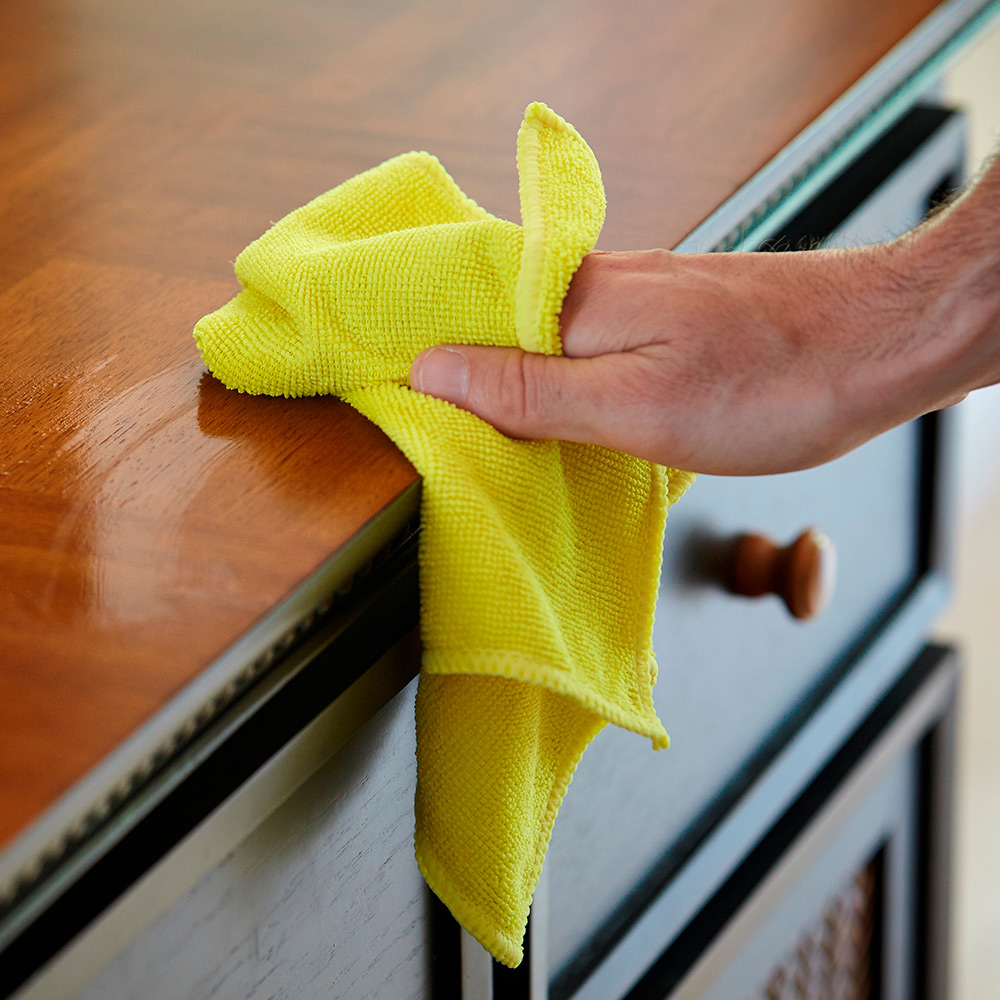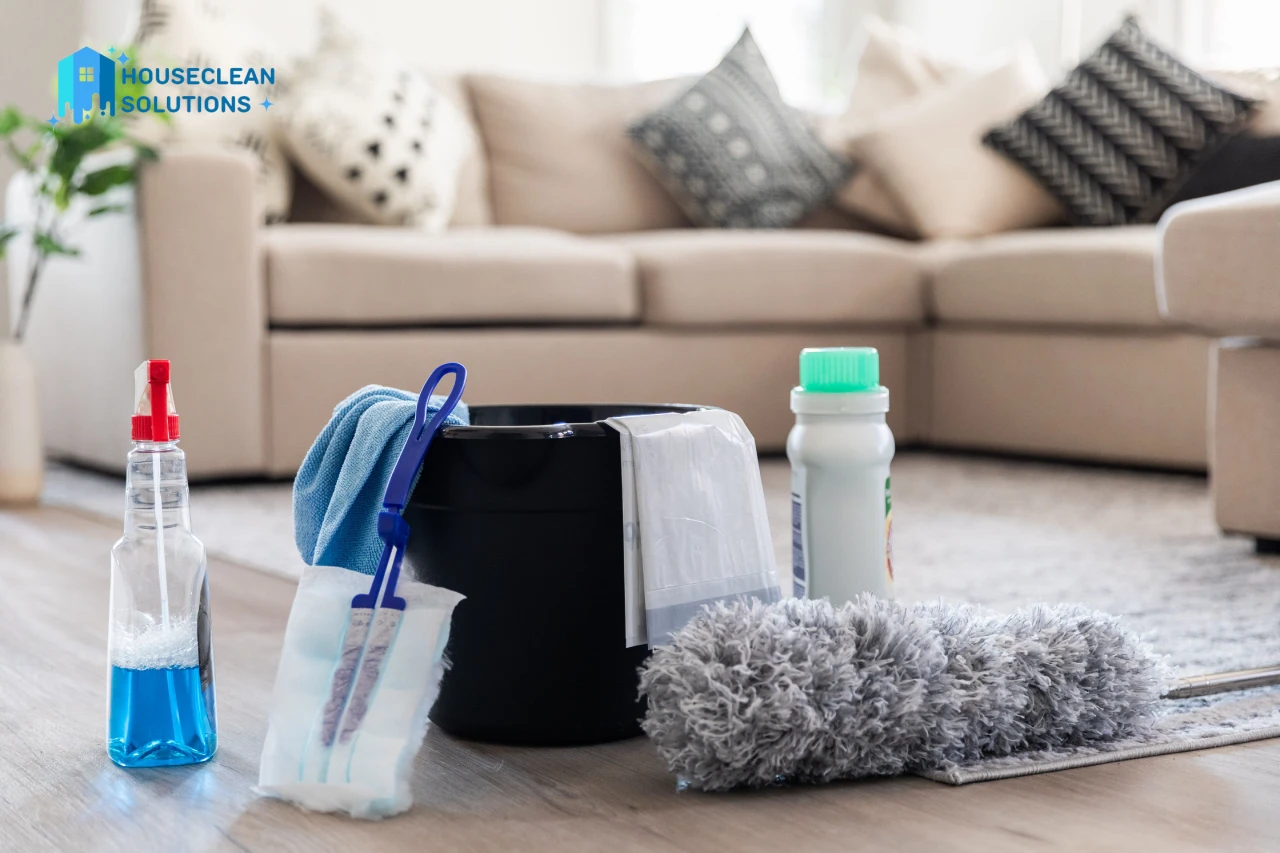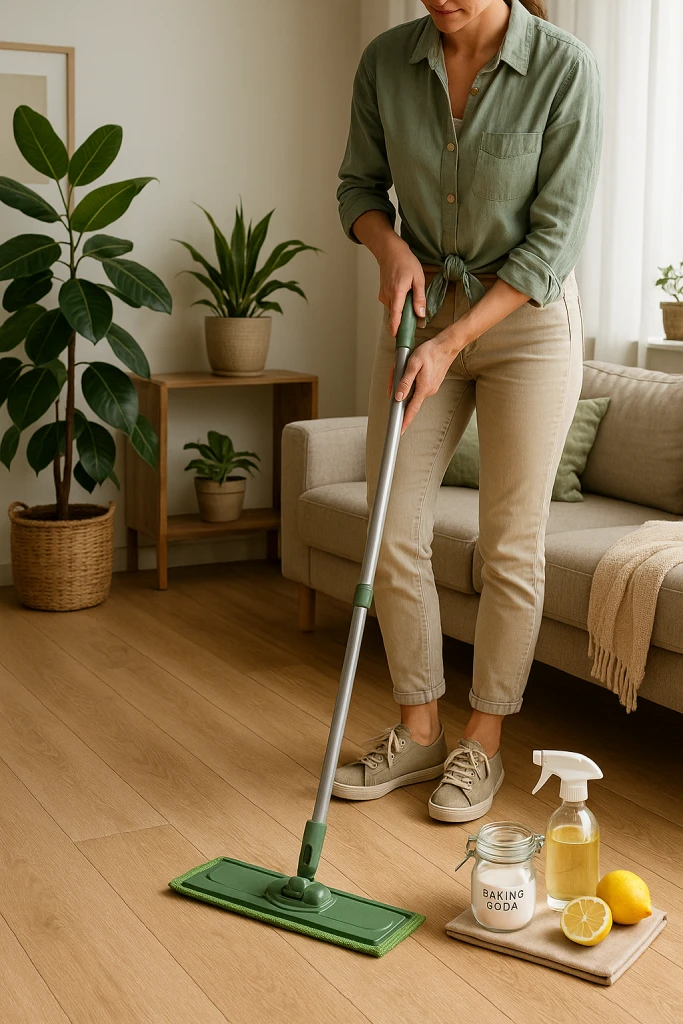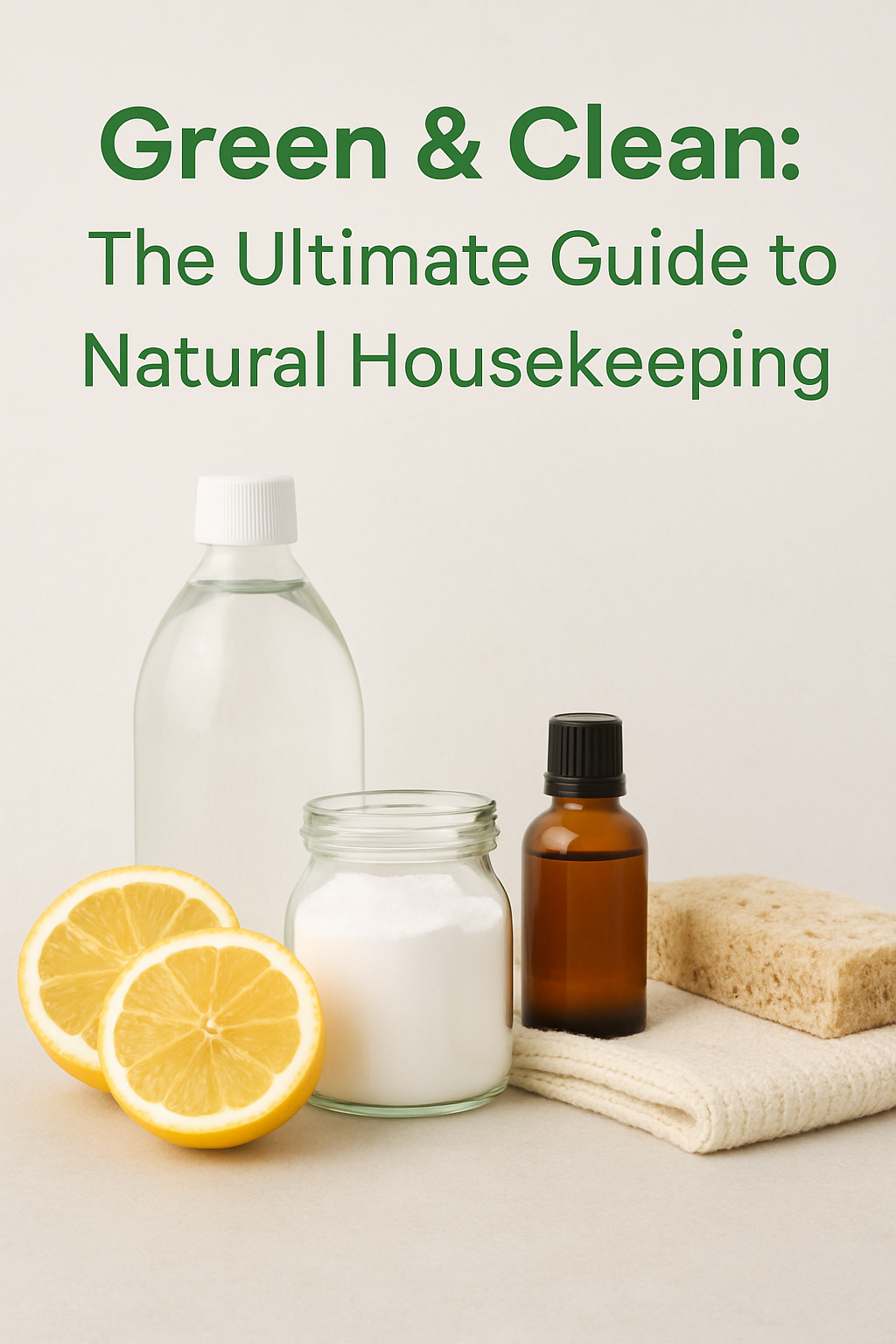To clean a dust cloth, shake off loose dust outdoors, then wash it with mild detergent and warm water. This simple process will ensure your dust cloth stays clean and effective.
A clean dust cloth is essential for keeping your home or workspace free from dust and allergens. By regularly cleaning your dust cloth, you can maintain a healthy and clean environment. Additionally, a clean dust cloth will also help to prolong its lifespan and ensure that it continues to effectively capture dust particles.
Following the proper cleaning routine for your dust cloth is a simple way to maintain a clean and healthy living or working space.
Introduction To Dust Cloth Maintenance
Proper maintenance of dust cloths is essential for a clean and healthy environment. Regular cleaning ensures the removal of dust, dirt, and allergens, preventing them from being redistributed into the air.
Clean dust cloths help to maintain indoor air quality and reduce the risk of respiratory issues. It’s important to understand the different types of dust cloths and their specific cleaning requirements to ensure effective cleaning.
| Common Types of Dust Cloths |
|---|
| Microfiber Cloths |
| Cotton Cloths |
| Disposable Dusting Sheets |

Credit: www.amazon.com
Pre-cleaning Considerations
Before cleaning a dust cloth, it’s important to assess the fabric type to determine the best cleaning method. Check the manufacturer’s instructions to ensure you’re using the appropriate cleaning products and techniques. Using the wrong method could damage the fabric and reduce its effectiveness in capturing dust. Always follow the recommended care instructions to prolong the life of your dust cloth and maintain its cleaning efficiency.
Shaking Off Loose Dust
When it comes to cleaning a dust cloth, shaking off loose dust is an effective technique. Outdoor and indoor shaking are two methods to consider. For outdoor shaking, take the dust cloth outside and vigorously shake it to remove the loose dust particles. This can be done by holding one end of the cloth and shaking it up and down or side to side.
Alternatively, for indoor shaking, find an open space such as a balcony or a room with good ventilation. Hold the dust cloth firmly and shake it vigorously to dislodge the dust. Repeat this process a few times to ensure all the loose dust is removed.
Remember to be gentle while shaking the dust cloth to avoid damaging the fabric. After shaking, you can also use a brush or a lint roller to remove any remaining dust particles. Regularly cleaning your dust cloth will help maintain its effectiveness and prolong its lifespan.
Hand Washing Best Practices
When cleaning a dust cloth, it is important to follow hand washing best practices. Use suitable detergents that are gentle on the fabric and won’t damage it. Look for mild soaps or laundry detergents specifically designed for delicate fabrics. Avoid using harsh chemicals or bleach as they can weaken the cloth fibers.
Water temperature also plays a role in effectively cleaning a dust cloth. Use lukewarm water, as extreme hot or cold temperatures can cause shrinkage or damage. Ensure the water is not too hot to touch.
To clean the cloth, gently agitate it in the soapy water, making sure to fully immerse it. Rinse thoroughly to remove all the soap residue. Squeeze out excess water, but avoid wringing or twisting the cloth, as it can distort its shape.
Finally, allow the dust cloth to air dry completely before using it again. Avoid using a dryer or direct sunlight, as they can cause shrinkage or fading. By following these simple steps, you can effectively clean a dust cloth and ensure its longevity.
Machine Washing Dust Cloths
To clean your dust cloths, machine washing is a convenient and easy option. When selecting the cycle, choose a gentle or delicate cycle to avoid any damage to the cloths. It is recommended to use a mild detergent and avoid using any fabric softeners or bleach. Proper load arrangement is also important to ensure that the cloths are effectively cleaned. Overloading the machine may result in insufficient cleaning while underloading may cause excessive rubbing and damage to the cloths. Consider washing the cloths separately or with other delicate fabrics to prevent any snags or tears. Once the wash cycle is complete, air-dry the cloths or tumble dry on a low heat setting. With these simple steps, your dust cloths will be clean and ready for their next use.
| Do’s | Don’ts |
|---|---|
| Use a gentle or delicate cycle | Use fabric softeners or bleach |
| Use a mild detergent | Overload the machine |
| Proper load arrangement | Underload the machine |
| Air-dry or tumble dry on a low heat setting | Wash with rough fabrics |
Drying Dust Cloths Properly
| How Do You Clean a Dust Cloth? | |
|---|---|
| Heading: | Drying Dust Cloths Properly |
| Subheading: | Air-Drying Advantages |
|
After washing your dust cloth, it’s essential to dry it properly to ensure its effectiveness in trapping dust particles. The best way to dry a dust cloth is by air-drying. Hang the cloth on a clothesline or lay it flat on a clean surface to air-dry. Air-drying has advantages such as preventing damage to the cloth’s fibers and avoiding shrinkage. Alternatively, you can use a dryer to dry your dust cloth, but it’s essential to do it safely. Use a low heat setting to prevent the cloth from shrinking or melting. Also, avoid using dryer sheets or fabric softeners as they can leave a residue on the cloth, reducing its effectiveness. |
|
Stain Removal Techniques
Cleaning a dust cloth is essential to maintain its effectiveness in removing dust and dirt. When it comes to tackling tough stains on your dust cloth, natural stain removers can be a great solution. These eco-friendly options are not only effective but also safe for both the cloth and the environment.
One natural stain remover is vinegar. Mix equal parts of vinegar and water and soak the stained area for a few minutes. Gently scrub the stain with a brush and rinse with water. Another option is lemon juice, which works well on grease stains. Squeeze fresh lemon juice onto the stain, let it sit for a while, and then wash the cloth as usual.
For oil-based stains, try using baking soda. Sprinkle baking soda on the stain, let it sit for a few hours, and then brush it off. If the stain persists, repeat the process or try using dish soap. Apply a small amount of dish soap on the stain, rub it gently, and rinse with water.
By using these natural stain removers, you can effectively clean your dust cloth and prolong its lifespan while avoiding the use of harsh chemicals. Remember to always follow the care instructions for your cloth to ensure proper maintenance.
Maintaining Dust Cloths Between Washes
To maintain dust cloths between washes, shake them out outdoors to remove loose debris. Use a vacuum attachment to remove embedded dirt and dust. Spot clean with a damp cloth and mild detergent, then air dry completely before using again.
Regular maintenance will keep your dust cloths effective and long-lasting.
Maintaining dust cloths between washes is essential to ensure their effectiveness. Daily care tips include shaking out the cloth outdoors to remove loose dust particles. Gently brushing the cloth with a soft-bristled brush can help dislodge any embedded debris. Avoid using water or any cleaning agents unless necessary, as it may reduce the cloth’s ability to attract dust. When not in use, store the dust cloth in a clean, dry place away from direct sunlight to prevent mildew or mold growth. A proper storage solution can be a sealable bag or container to keep the cloth protected from dirt and dust. Regularly inspect the cloth for any signs of wear and tear, such as fraying edges or holes, and replace if necessary. By following these simple daily care tips and storing the cloth properly, you can extend its lifespan and maintain its cleaning effectiveness.Frequent Mistakes To Avoid
When cleaning a dust cloth, avoid overusing fabric softener. Excessive softener can reduce the cloth’s dust-attracting ability. Also, refrain from mixing dust cloths with other laundry. Doing so can transfer lint and debris to the cloth, making it less effective for dusting. Instead, wash dust cloths separately to maintain their cleanliness and effectiveness. Remember to use a gentle detergent to avoid leaving behind residue that could hinder the cloth’s dusting performance. By following these tips, you can ensure that your dust cloth remains in optimal condition for effective cleaning.
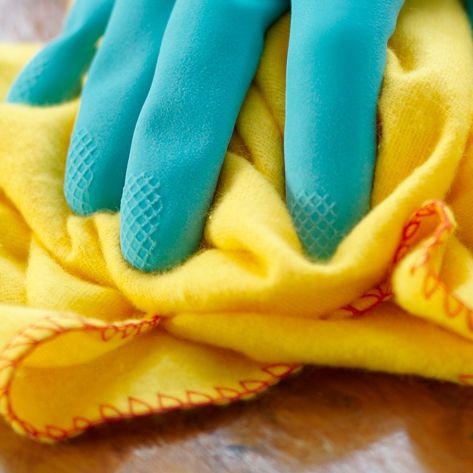
Credit: www.goodhousekeeping.com
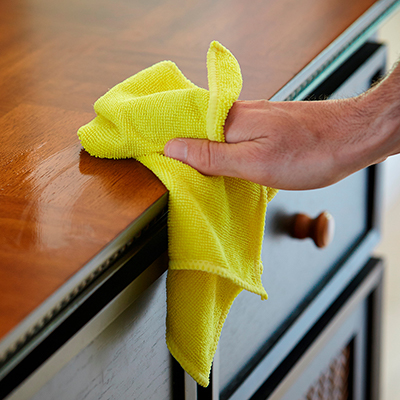
Credit: www.homedepot.com
Frequently Asked Questions
Are You Supposed To Wash Microfiber Cloths?
Yes, microfiber cloths should be washed regularly to maintain their effectiveness. It is recommended to wash them in warm water with a mild detergent and avoid using fabric softener or bleach. After washing, they should be air-dried or tumble-dried on a low setting.
Should You Wet A Microfiber Cloth For Dusting?
Yes, it’s recommended to wet a microfiber cloth before dusting as it helps to trap and hold dust particles better. However, make sure to wring out excess water to avoid leaving streaks or water spots on surfaces. Wetting the cloth also helps to disinfect surfaces and remove stubborn stains.
How To Clean A Microfiber Lens Cloth?
To clean a microfiber lens cloth, hand wash with mild detergent and warm water. Rinse thoroughly and air dry. Avoid using fabric softener or bleach.
Can I Use Dish Soap To Clean Microfiber Cloth?
Yes, you can use dish soap to clean microfiber cloth. Make sure to rinse thoroughly.
Conclusion
After going through the process of cleaning a dust cloth, it is essential to keep in mind that the cloth must be cleaned regularly to ensure it’s effectiveness. It is always best to follow the manufacturer’s instructions to avoid damaging the cloth.
A clean dust cloth not only ensures a clean house but also ensures that the cloth lasts for a longer time. Remember to wash and dry the cloth thoroughly before storing it away. Happy cleaning!

